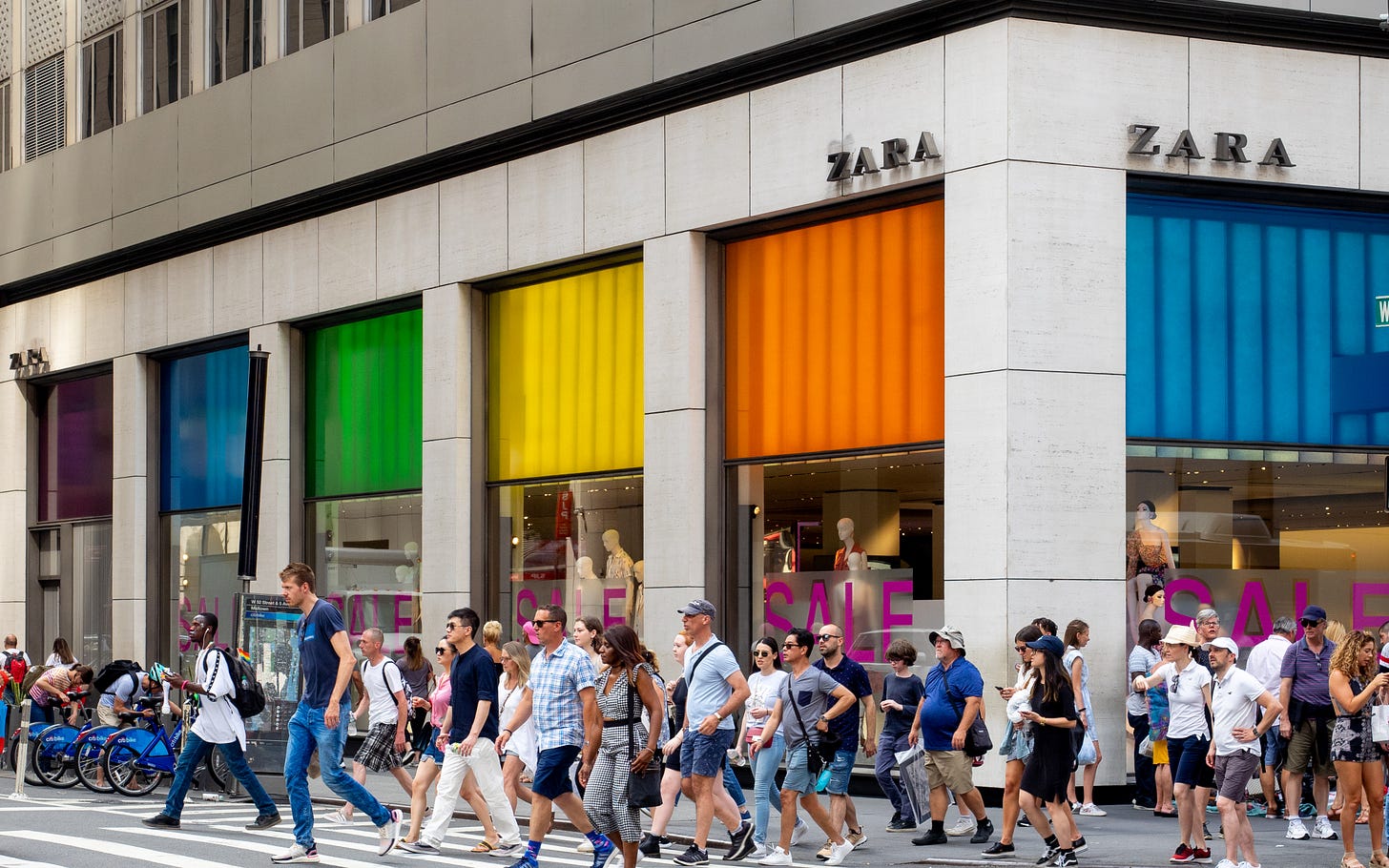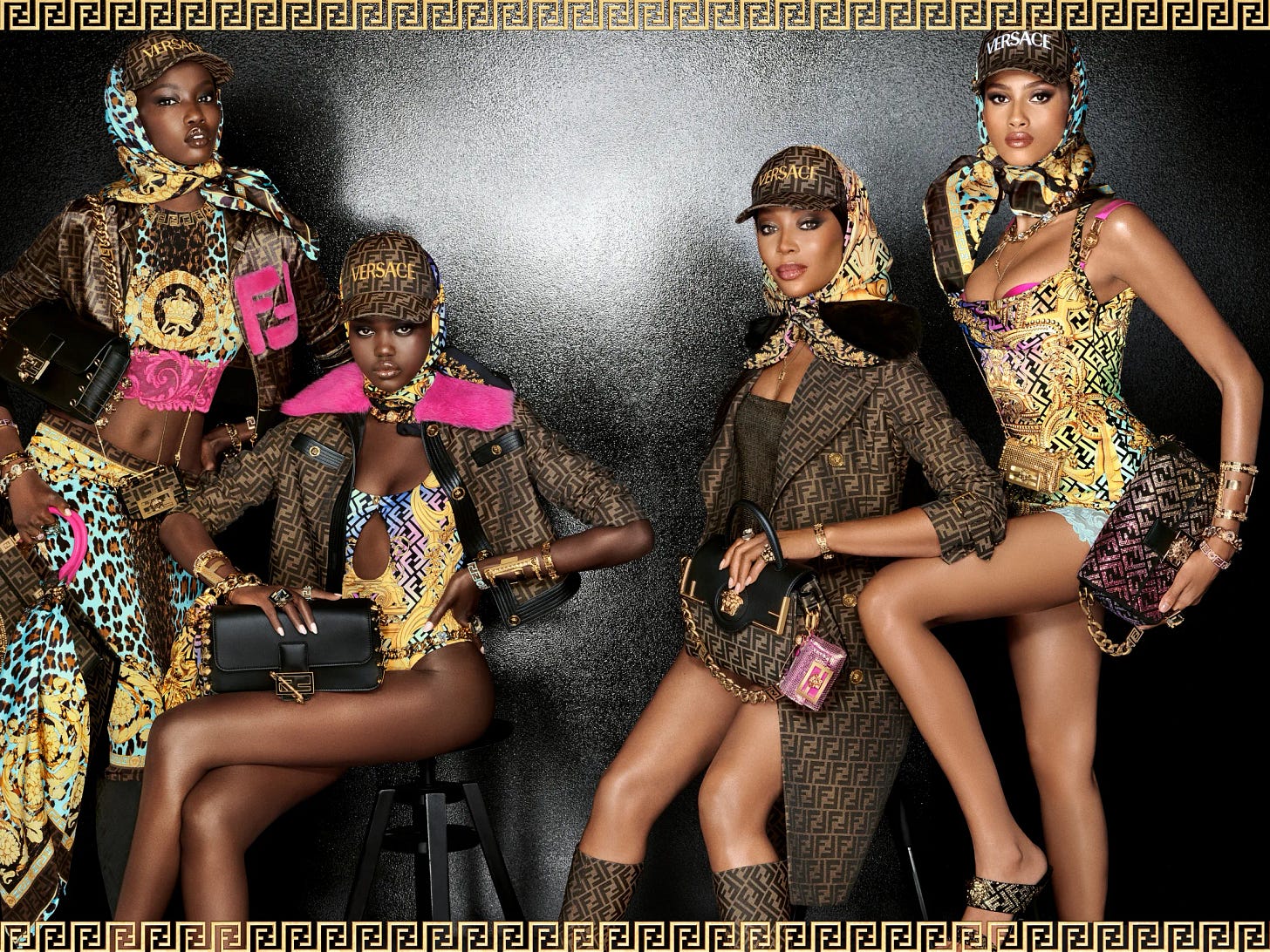Fashion Law, Copyright, and Intellectual Property
Authenticity and Originality in Design Protection
The Past, Present & Future of Fashion
Fashion law is a complex and ever-evolving area of the legal system. As fashions change with the seasons, so do the laws that govern the fashion industry. Copyright and intellectual property issues are central in this domain, as fashion designers seek to protect their creative works while still encouraging innovation. The interplay between fashion and intellectual property law raises challenging questions about originality and authenticity in design.
This article will examine the key issues surrounding fashion law today. It will look at how copyright, trademarks, patents, and trade dress can be leveraged to protect fashion designs. Recent developments like fast fashion, sustainability, digital wearables, and high-profile collaborations all have implications for intellectual property in this space. There are many grey areas around concepts of originality and authenticity in fashion. Jurisdictions worldwide take varied approaches to resolving these issues. Finally, we will explore potential legal shifts on the horizon and how the global perspective impacts fashion law.
Understanding these complexities is critical for fashion industry players to properly secure their rights. This article aims to provide an overview of how intellectual property considerations are shaping the past, present and future of fashion.
The Interplay Between Fashion and IP
Intellectual property (IP) law grants certain exclusive rights over creations of the mind. In fashion, IP enables designers to protect their original works and control things like copying and distribution. There are four main types of IP relevant to the fashion industry:
Copyright protects original works like designs, sketches, prints, patterns, and clothing itself. It covers the unique expression of an idea.
Trademarks protect names, logos, slogans, or other branding elements associated with a fashion company. Trademarks help prevent brand confusion and imitation.
Patents cover functional processes and mechanisms related to fashion. For example, patents may protect new technologies for seam construction, fabric development, or e-textiles.
Trade dress refers to the distinctive visual appearance of a fashion product. It covers unique combinations of design details like shape, color, materials, branding, packaging, etc.
Fashion designers leverage these forms of IP to prevent direct copying or close imitations of their work. However, fashion IP also aims to strike a balance between protection and ongoing creativity. Trends, styles, techniques, and inspiration fuel innovation in the industry. IP law tries to safeguard this creative cycle. But this leads to complex questions around authenticity and originality.
Recent Trends in the Fashion Industry
Several major trends in fashion are shaping contemporary debates around design protection and intellectual property.
Fast Fashion and its Implications
The rise of fast fashion has strained the boundaries of IP law. Fast fashion retailers like Zara and H&M rapidly produce inexpensive copies of high-end designs. While not always direct imitations, these items appropriate distinct details from original works. The accelerated launch timeline of fast fashion makes it hard for designers to protect new creations before copycat versions hit the market.
Key fashion lawsuits like Louboutin vs. YSL have centered on the IP concerns posed by fast fashion knockoffs. Courts continue to grapple with balancing fast fashion’s pop culture role against the rights of original designers.
Sustainability and Eco-Friendly Designs
Sustainable fashion is an emerging trend, with brands like Reformation and Patagonia leading the way. As sustainability gains prominence, legal questions arise around protecting eco-conscious designs. For example, Reformation’s recycled fabrics and figure-flattering cuts have signature green elements eligible for IP protection.
Sustainable features may warrant enhanced IP given their research-intensive nature and social value addition. But there is also a call for open access to enable broader adoption of eco-innovations. This mirrors “open source” movements in other industries. Ongoing lawsuits will likely shape protections in this arena.
Digital Fashion and Virtual Wearables
The digital fashion landscape in 2023 is thriving with technological advancements and the mainstream integration of blockchain technologies like Non-Fungible Tokens (NFTs). Digital-only clothing collections continue to flourish as NFTs, intertwining fashion, technology, and digital ownership. Brands are venturing into virtual fashion for video games and virtual worlds like The Sims, broadening the horizon of wearables beyond physicality.
As digital fashion ascends, traditional Intellectual Property (IP) protections are challenged by the ease of digital apparel duplication. However, with the expansion of the digital fashion domain, specialized IP protections are likely to emerge, adapting to the unique nuances of digital assets and the Metaverse, securing a promising avenue for digital fashion and virtual wearables in the contemporary fashion ecosystem.
Collaborations and Brand Partnerships
Fashion collaborations combine the distinctive elements of two brands into new works. Recent high-profile collabs include Balenciaga x Gucci, Supreme x Louis Vuitton, and Fendi x Versace. These fuse together two iconic brands and require navigating shared intellectual property rights.
Even for more everyday pair-ups like Target’s designer collections, IP considerations around trademarks, branding, and design ownership come into play. Keeping collaborations fresh while respecting each brand’s protected elements is legally complex. The influx of fashion co-brands will continue driving law developments in this area.
Authenticity and Originality: The Grey Areas
A major legal dilemma in fashion IP is assessing “originality” to confer design protections. Fashion builds incrementally on existing works. Trends arise from collective imitation and iteration. So there is often a grey zone around what qualifies as an authentically original creation.
Several high-profile lawsuits have tackled this issue. In Star Athletica v. Varsity Brands, the Supreme Court established a new test for originality of useful design elements like cheerleading uniforms. But what about a simple t-shirt dress silhouette or mini skirt shape? Courts disagree on whether these warrant protection absent unique prints or embellishments.
In the EU, Birkenstock sandals were deemed to have acquired a “distinctive character” eligible for trademark through their widespread use over time. But this goes against the traditional view that commonplace designs and styles cannot be protected. Ongoing cases continue to probe the malleable concept of originality in fashion IP.
Different jurisdictions take varied approaches here. Under US law, only separable creative elements can be copyrighted - fabric prints, unique hardware, etc. But in the EU and UK, garment shapes and styles themselves can acquire protected status. Still, courts seek to strike a balance between originality and over-protection.
The “idea-expression dichotomy” is an important facet of US copyright law. Only the specific expression of an idea can be protected, while the idea itself remains free for anyone to use. This enables fashion trends and concepts to proliferate while unique executions receive exclusive rights. But neatly separating idea from expression remains an open design question.
Resolving what constitutes true originality amidst an interconnected creative system like fashion remains an evolving legal challenge. As lawsuits push boundaries here, they sculpt fashion’s delicate IP balancing act.
Potential Changes in Laws or Regulations
Several recent and proposed legal developments could shape fashion design protections going forward.
The Supreme Court’s Star Athletica ruling set a new precedent for separating creative elements eligible for copyright. This opened the door to broader fashion copyrightability beyond just fabric prints. But some argue this tips too far towards over-protection of concepts best left open to interpretation.
The proposed Innovative Design Protection Act aims to strengthen protections for clothing and accessory designs. It would grant 3 years of exclusive rights to qualifying fashions. Supporters say this reins in fast fashion copying. But critics argue it restricts inspiration and trend circulation. The bill has repeatedly failed to pass but shows ongoing debate around fashion IP.
In the EU, digital-first protections are emerging with unique copyright for digital fashion designs. Laws are also evolving to cover AI-generated and virtual fashion items. Legal systems are gradually catching up to tech implications in the space.
Overall, fashion IP law seeks to adapt with the times to secure designer rights without stifling innovation. But doing so involves challenging compromises on concepts like originality. Upcoming legal developments will show how both law and fashion continue co-evolving.
The Global Perspective
Intellectual property laws differ significantly across fashion’s major centers worldwide. This impacts how design protections operate globally.
The US leans towards stricter separability requirements and protecting discrete creative elements. The EU offers broader copyright coverage for garment shapes and styles themselves. Asian countries like Japan take a more permissible approach to imitation as part of their design tradition.
These disparities lead to forum shopping where parties exploit favorable jurisdictions. For instance, while French courts backed Louboutin’s red sole trademark, US courts rejected similar claims from Christian Lacroix. Uniformity remains elusive.
Trade agreements try to address this. The USMCA recently upgraded IP standards between the US, Mexico and Canada with specific fashion protections. But global alignment is still far off.
While harmonization could support designers through reciprocal rights, diversity also encourages local innovation tailored to each region’s needs. The right equilibrium continues to be explored.
In the meantime, navigating worldwide fashion IP requires careful consideration of protections across major markets. Savvy brands proactively file IP registrations in key countries to mitigate risk. The global legal patchwork sustains diverse creative ecosystems while introducing strategic complexity.
Conclusion
Fashion law and intellectual property regulations continue to adapt to an industry built on inspiration and imitation balanced with originality. Recent trends around fast fashion, sustainability, digital wearables, collaborations, and more pressure the boundaries of traditional IP. Assessing authenticity and originality in fashion raises complex questions with no clear universal answers. Ongoing lawsuits worldwide test the fashion IP equilibrium from new angles.
Looking ahead, legal developments seem to favor heightened protections for fashion designers and their creative works. But any moves in this direction must uphold the principles of balance that allow trends to spread and creativity to thrive. There are no easy solutions to resolving fashion’s contradictions between protection and openness.
By staying vigilant about emerging issues, fashion industry players can proactively safeguard their rights and contribute to shaping IP laws. With informed engagement, the global fashion ecosystem can co-evolve with legal frameworks to sustain both innovation and authenticity. The journey towards this ideal balance continues.
References
Raustiala, Kal and Christopher Sprigman. “The Piracy Paradox: Innovation and Intellectual Property in Fashion Design.” Virginia Law Review, vol. 92, no. 8, 2006, pp. 1687-1777.
Jimenez, Guillermo and Mercedeh Momenghalibaf. “Fashion Law and the Global Culture Wars: Intellectual Property and (and) Fast Fashion.” Fashion Theory, vol. 24, no. 1, 2020, pp. 67-97.
Johnson, Felecia C. “The Intellectual Property in Virtual Fashion.” Computer Law Review International, vol. 22, no. 4, 2021, pp. 98-106.
Suggested Further Reading
Counterfeit Chic by Elaine Louie
Protecting Designs by Christopher Buccafusco
The Battle for the Soul of Fashion Law by Charles Eloshway
Fashion Law by Guillermo Jimenez and Barbara Kolsun













How does venue selection work?
If French IP is stolen in China (factory) by a Swiss company... where does the court case get filed?
I wonder how International Conglomerates like LVMH navigate this?